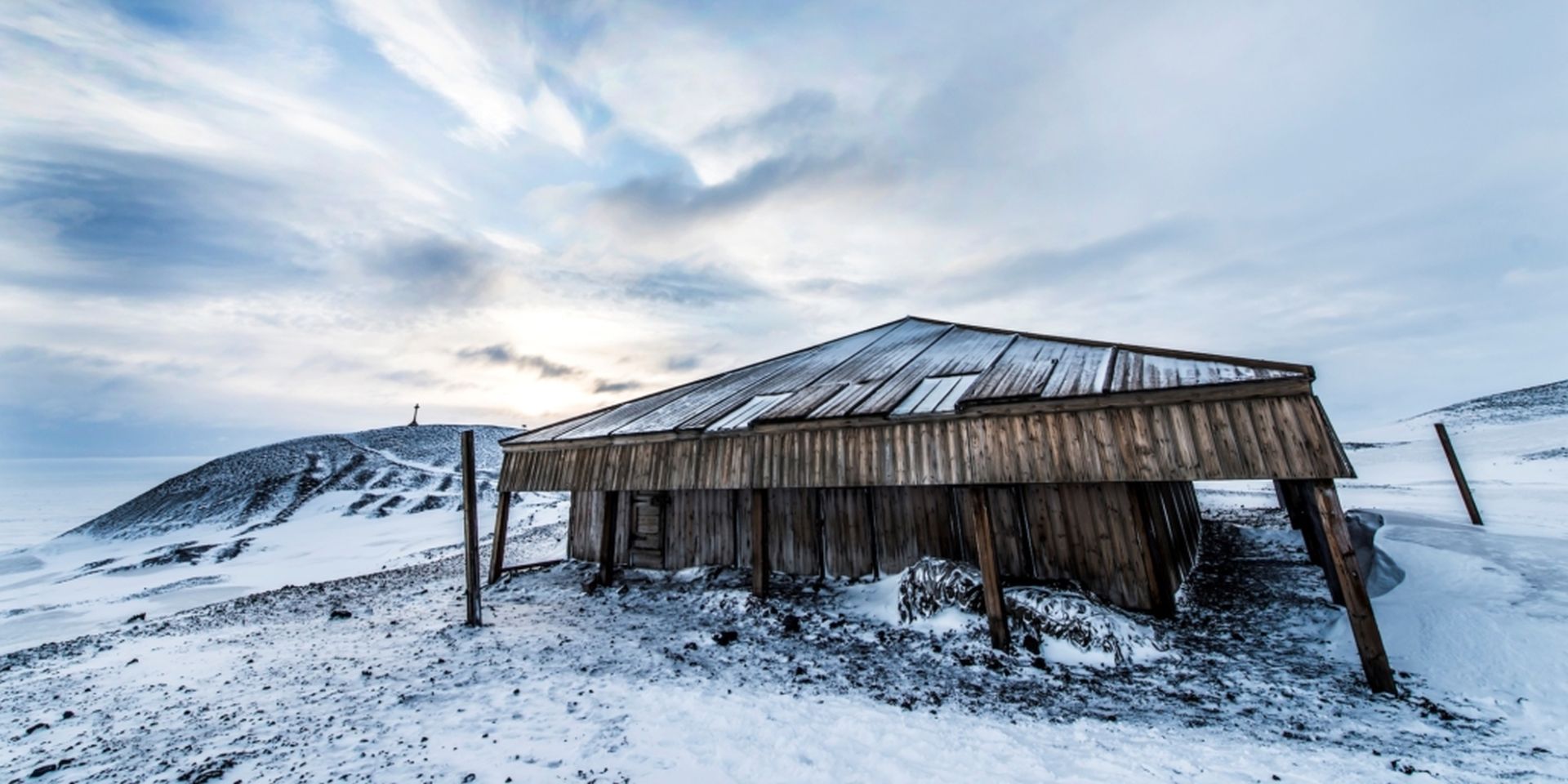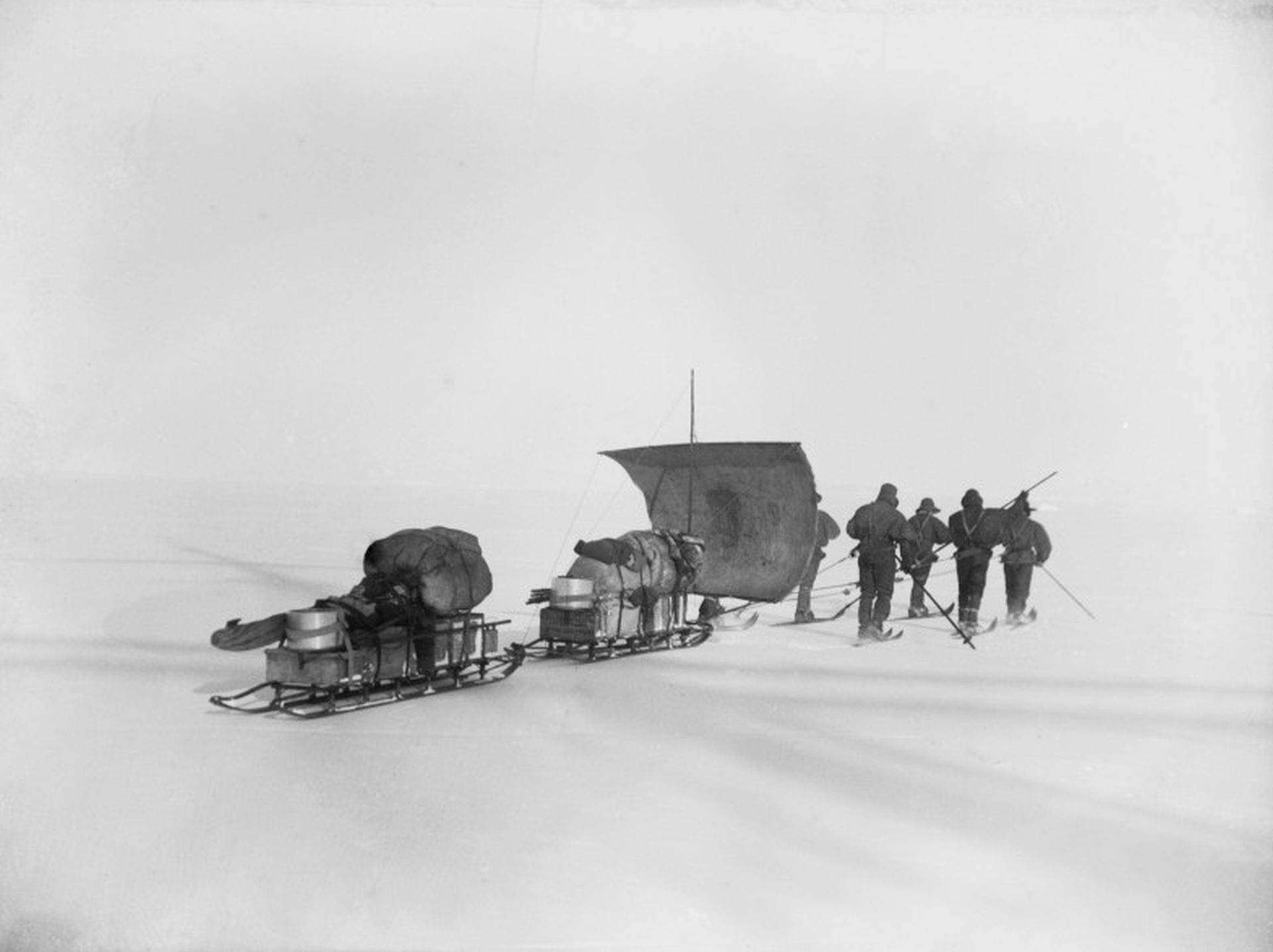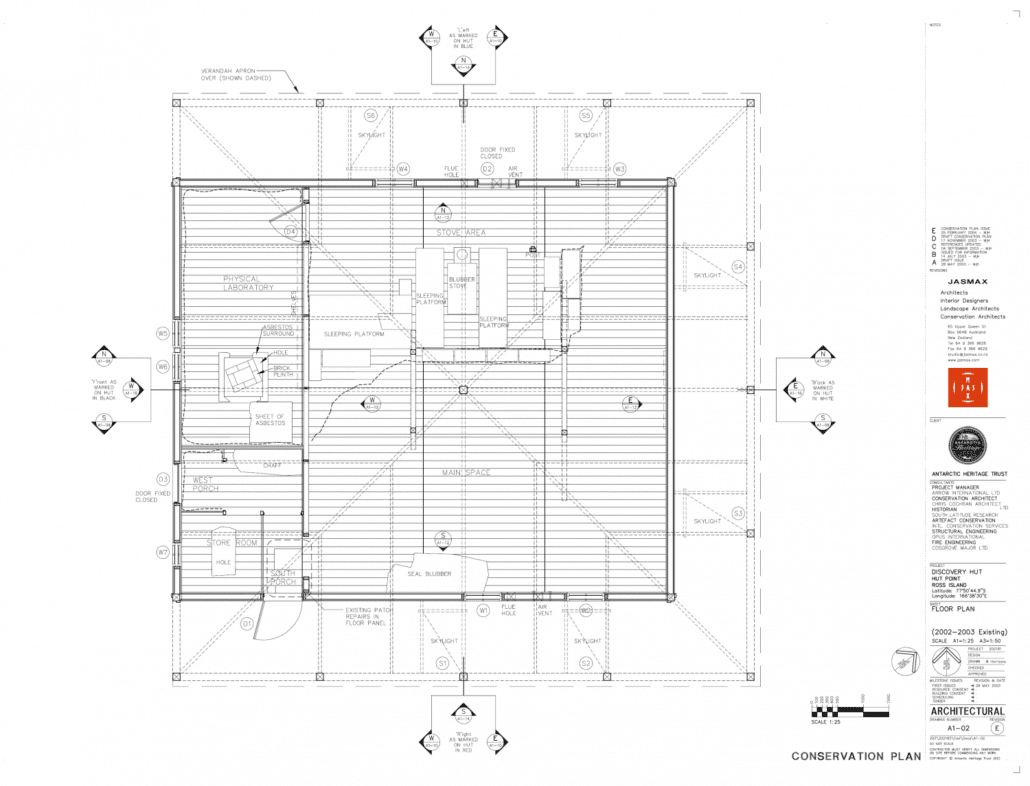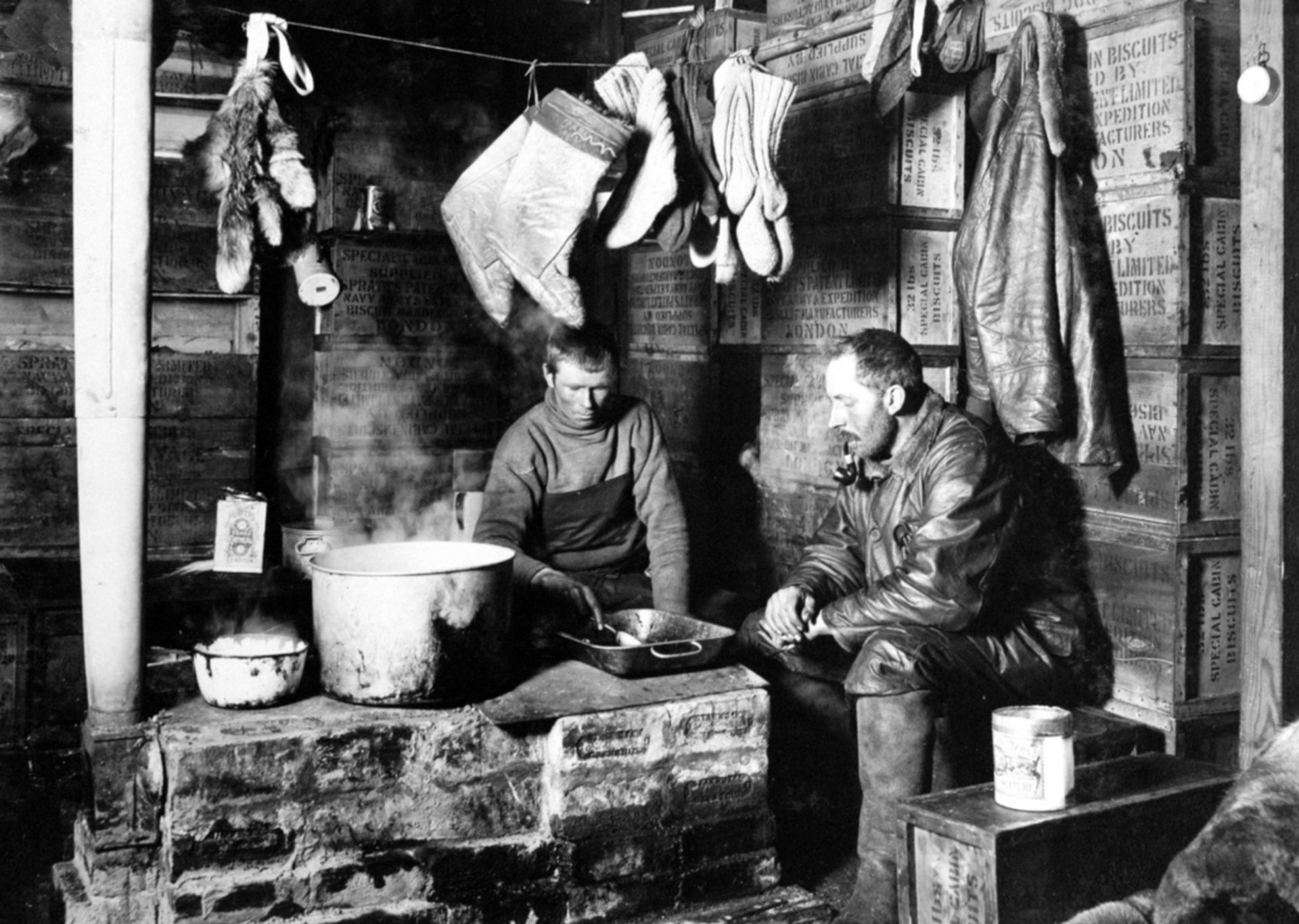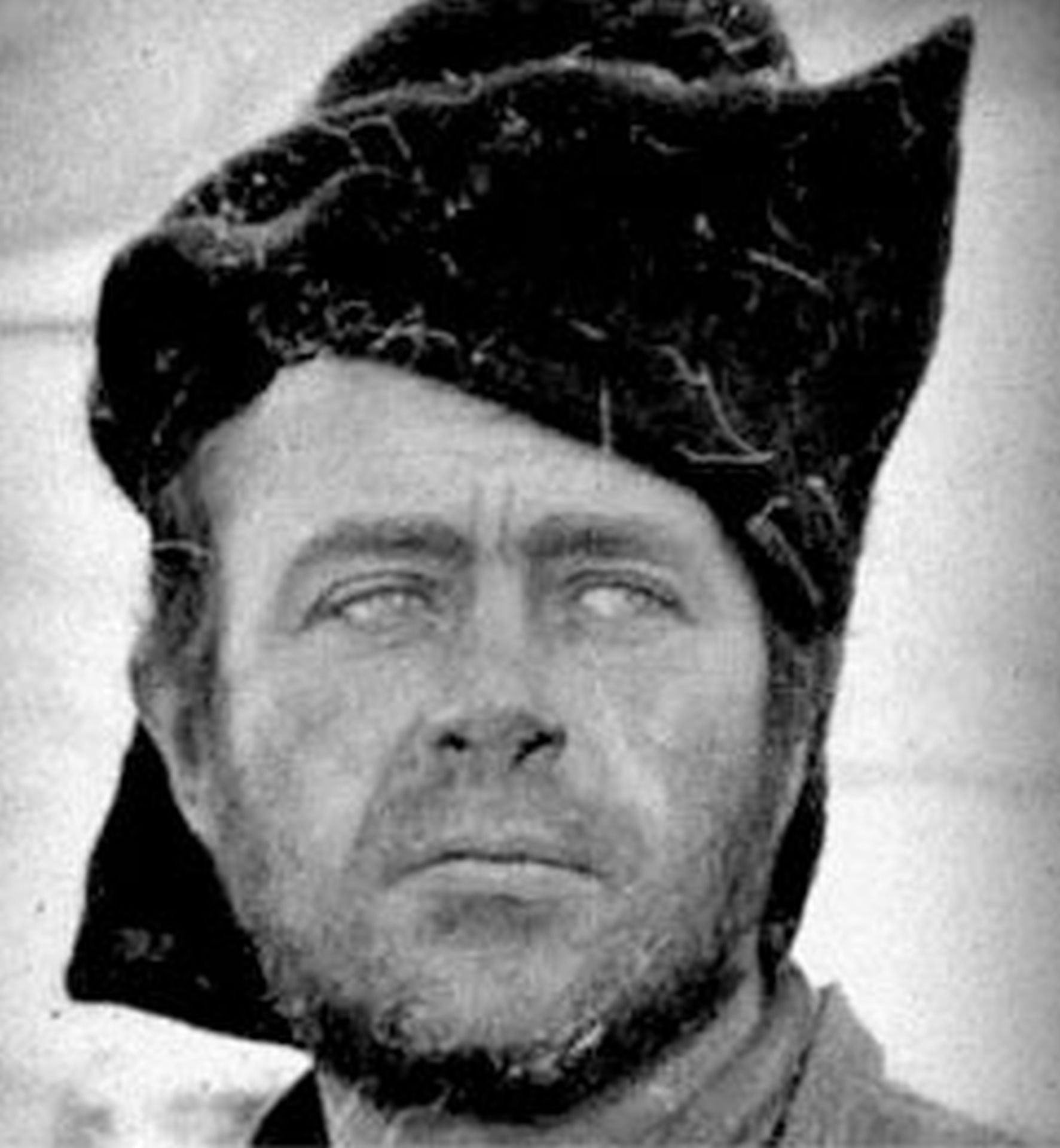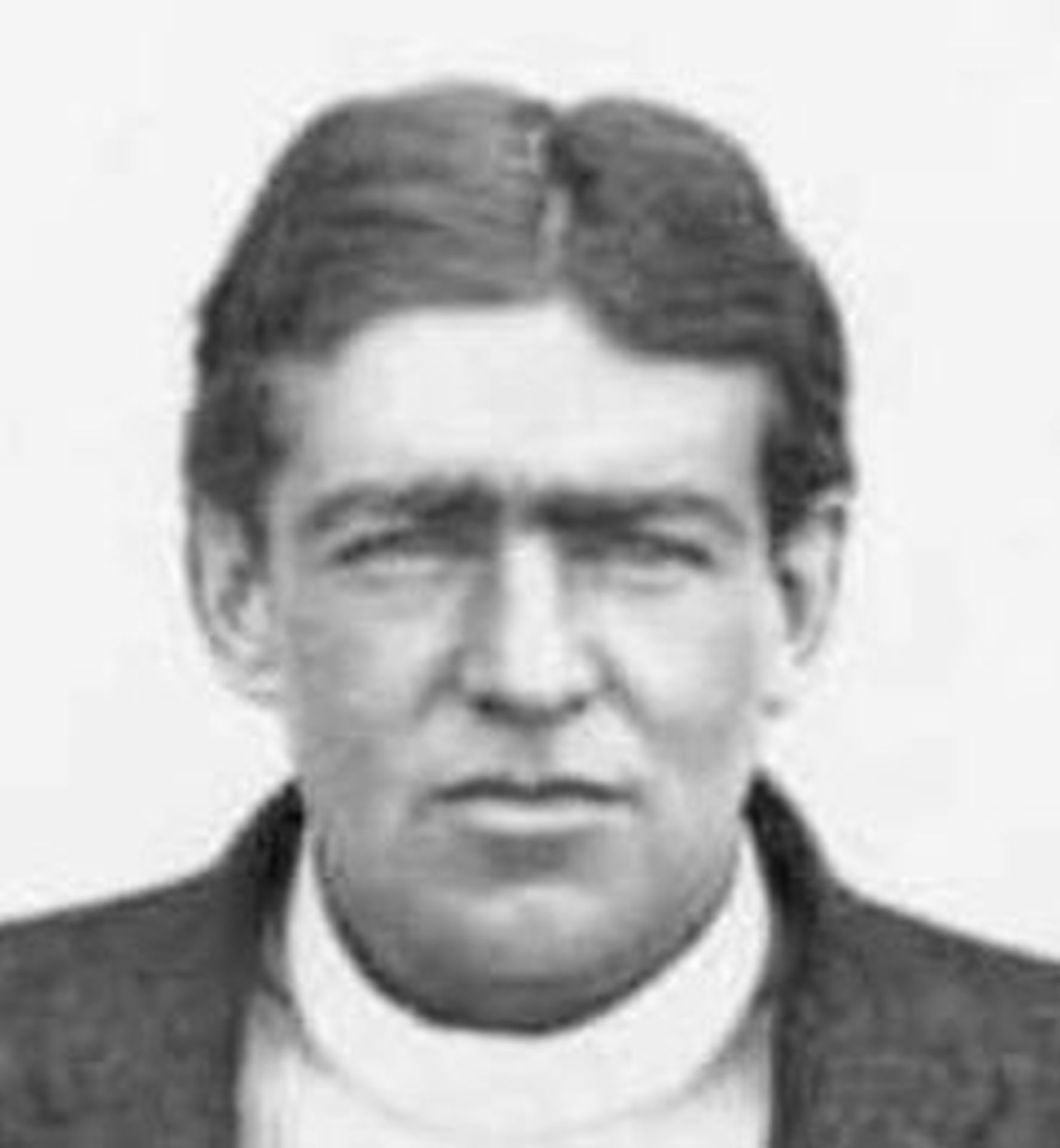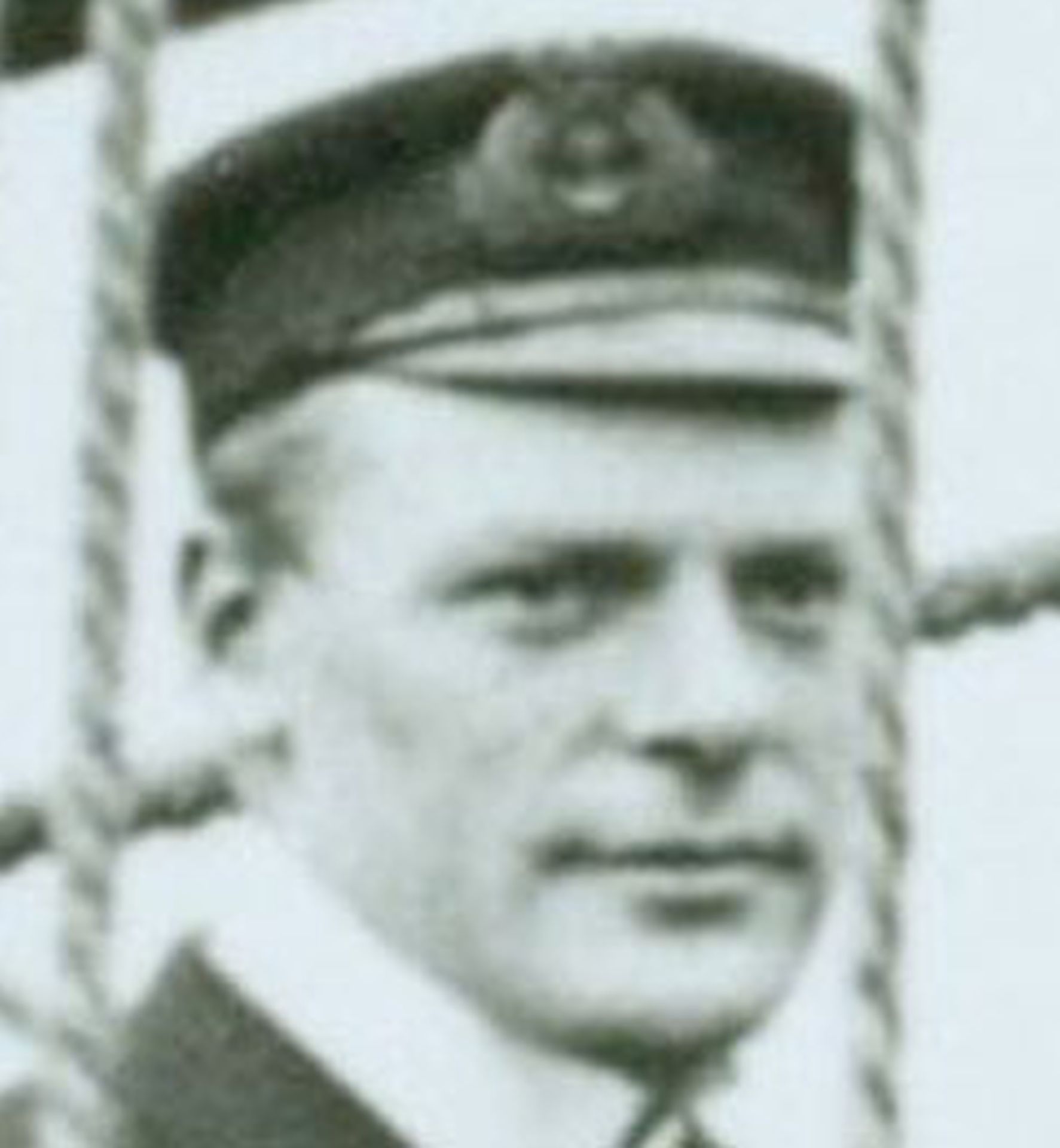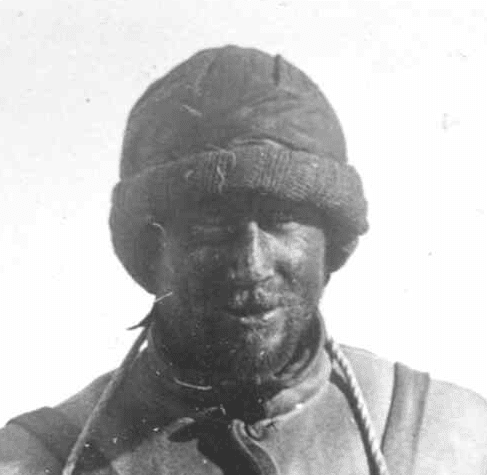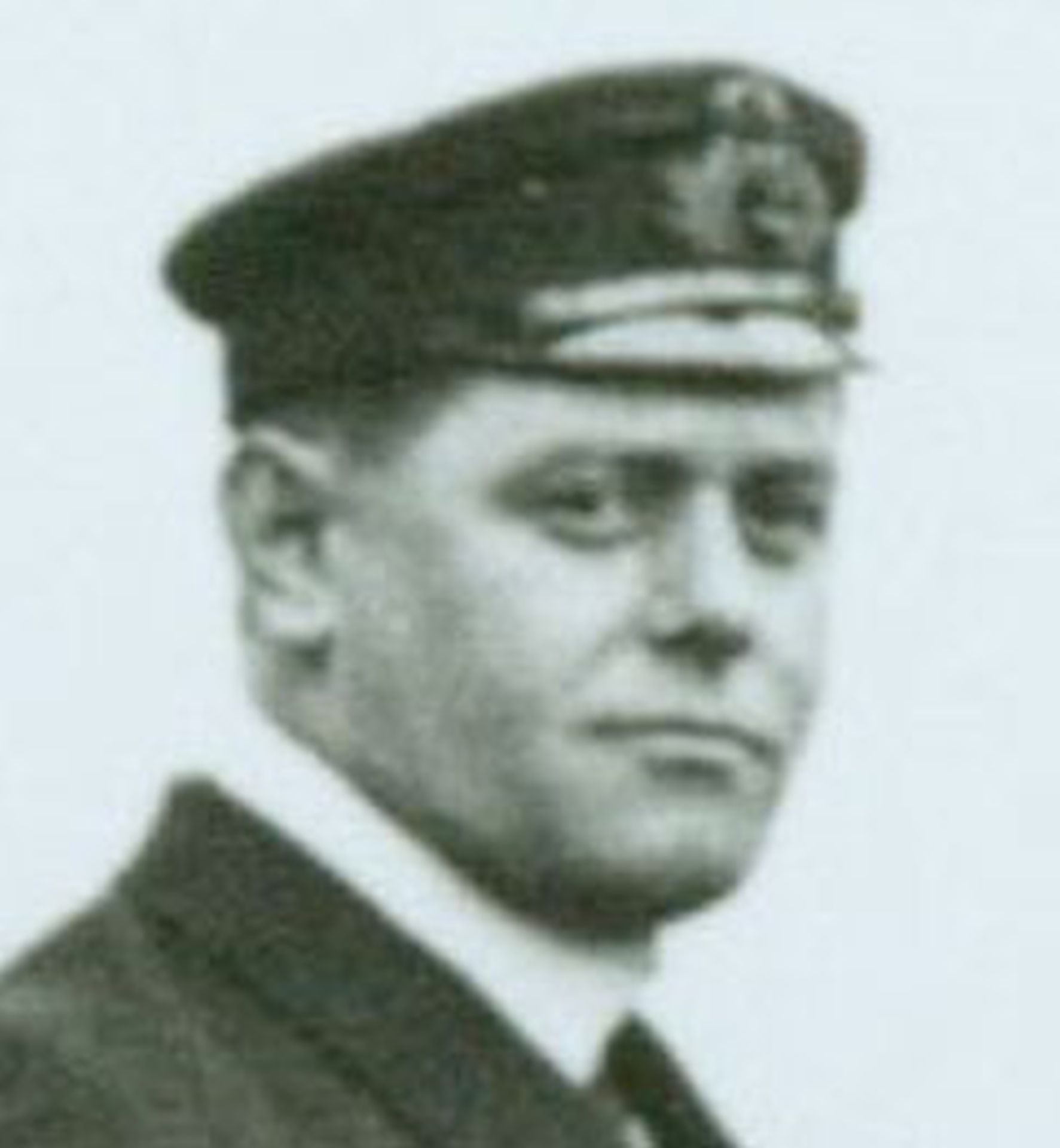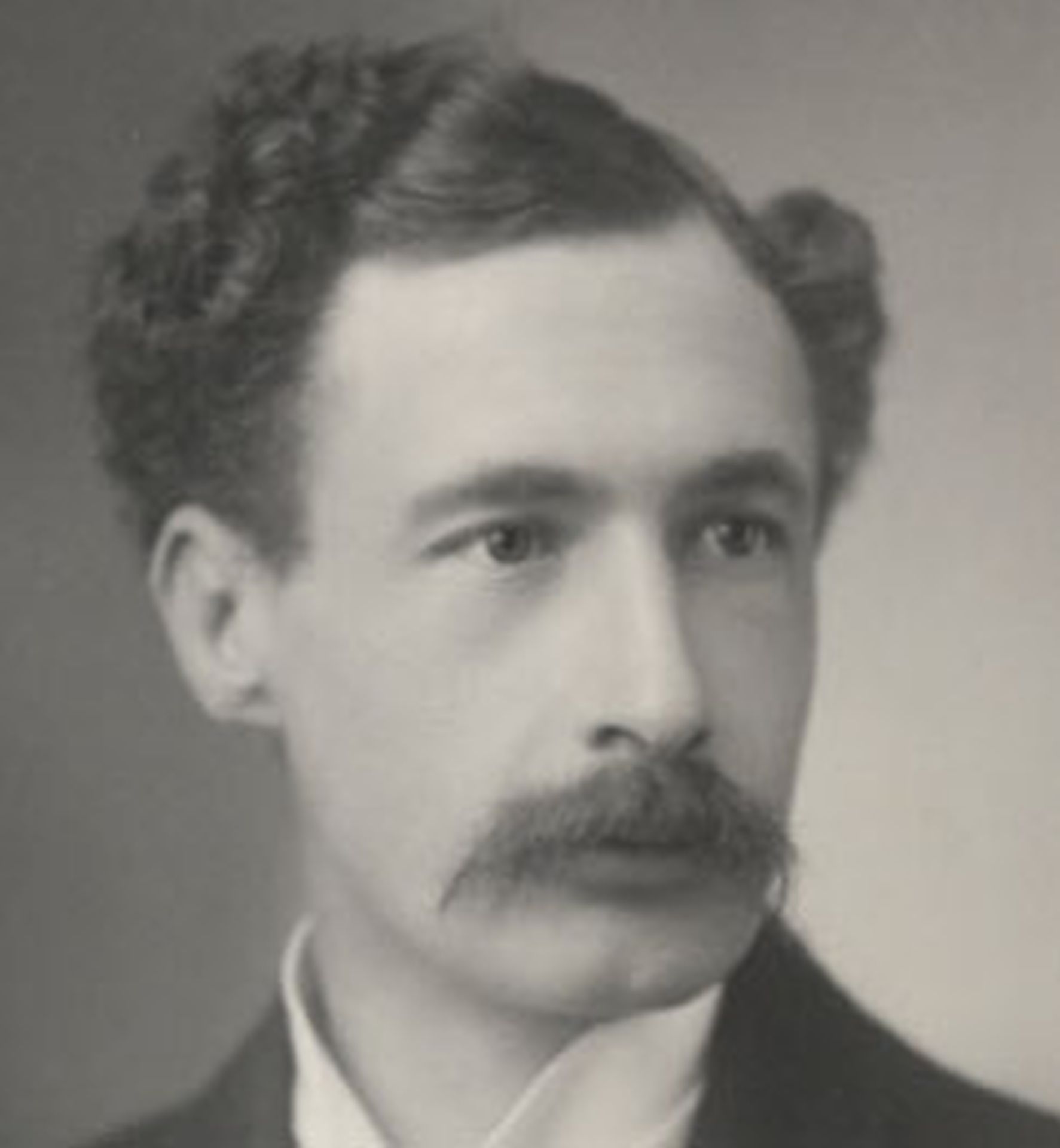History of Scott’s Expedition 1901–1904
National Antarctic (Discovery) Expedition
Robert Falcon Scott’s National Antarctic Expedition 1901–04, a joint initiative between The Royal Geographical Society and The Royal Society, was the second expedition to winter over on the Antarctic continent, and the first to carry out significant exploration and serious scientific research.
Three of the most famous men in Antarctic exploration – Scott, Shackleton and Wilson – achieved a furthest south sledging journey of 82º 16’ S in the summer of 1902–03. On 9 January 1902, a stop was made at Cape Adare where the record left by Borchgrevink was found, and on 4 February, during flights by Scott and Sub-Lieutenant Ernest Shackleton RNR in a hydrogen balloon over the Ross Ice Shelf, Shackleton took the first aerial photographs of Antarctica. On the expedition’s return home, 11 volumes of scientific results were published and Scott was welcomed as a national hero.
![]()
![]()


